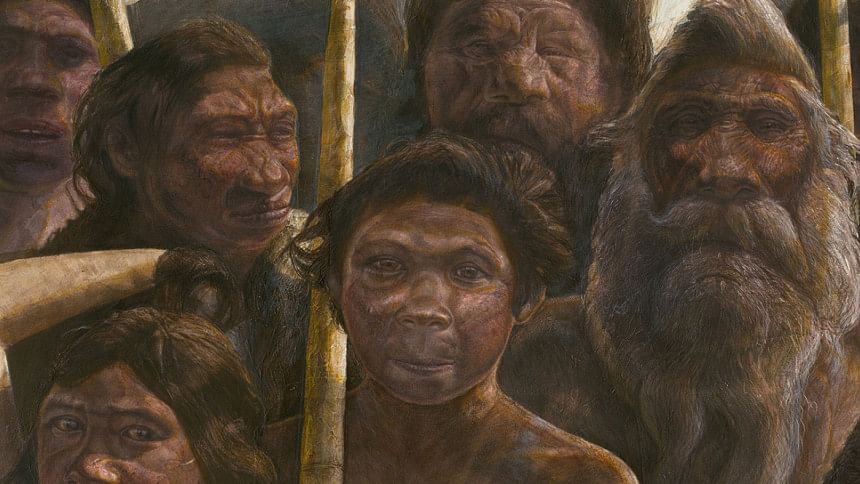Human race came close to extinction long ago

Humanity's global population dropped down to only a few thousand individuals around 70,000 years ago and our species almost did not make it.
Traumatic as that time was the event had major effects on our species, reports Business Insider.
One theory claims that a massive super volcano in Indonesia erupted, blackening the sky with ash and plunging the earth into an ice age killing off all but the hardiest humans.
Scientists now disagree on that idea but it is clear we did come dangerously close to our end.
The great bottleneck
Facing the risk of a wipeout put incredible pressure on our ancestors and caused what is now known as genetic bottleneck, which greatly decreases the genetic variation in a population, reports Business Insider.
Small populations are much more susceptible to disease and environmental disasters, and unfavorable genetic traits can rapidly accumulate, the Business Insider reports. Bottlenecks also slow evolutionary change, since fewer members of a species are around to pick up potentially favorable genetic mutations.
However, any rare beneficial mutations that do occur get amplified: Genes get passed around quickly in a tiny community.
Genetic bottlenecks can also cause what is known as the founder effect, where small, isolated populations drastically diverge from the original population.
As humans spread across the planet, scientists believe that our population experienced multiple bottlenecks and, as a result, a serial-founder effect kicked in to create the diversity we currently see in the human race today, reports Business Insider.
Scientists have mapped these events to geographic choke points around the world, based on decreasing genetic diversity as we migrated.
One bottleneck occurred when a small group of humans left Africa. Another happened when this group split up in the Middle East, with some of us heading to Europe and others to Asia. Others occurred when we left Southeast Asia for Austronesia, crossed the Beringia land bridge into Alaska, and spread into South America through what is now Panama.
This is why African populations tend to have far more genetic diversity in their DNA than populations native to the Americas.
It's also why, when you compare humans to other species, human DNA is not very diverse when you consider our globe-spanning range.
What caused it?
The Toba catastrophe theory offers a convenient answer to the near doom written in our DNA.
The hypothesis says an enormous super volcano eruption occurred around the same time as humanity's biggest bottleneck.
According to Business Insider, research from the late 1990s and early 2000s suggested that this eruption, on Sumatra in Indonesia, blocked the sun across much of Asia, causing a harsh volcanic winter and a 1,000-year-long cooling period on earth.
But archaeological evidence shows that human hunter-gatherer settlements in India weren't too affected by the eruption and quickly recovered. Temperature data embedded in the geology of Lake Malawi, in East Africa, also suggests that the region didn't cool off that drastically.
So what did cause that major bottleneck 70,000 years ago, if not a giant volcano and an ice age?
Scientists aren't sure, but they have some new ideas. A catastrophic spread of disease, for example, may have played a role. Or perhaps the way we currently think humans dispersed out of Africa needs some adjustment.
Whatever the case, now is as good a time as any to thank your hearty, 70,000-year-old ancestors for pushing through and surviving a perilous time in human history.

 For all latest news, follow The Daily Star's Google News channel.
For all latest news, follow The Daily Star's Google News channel. 







Comments